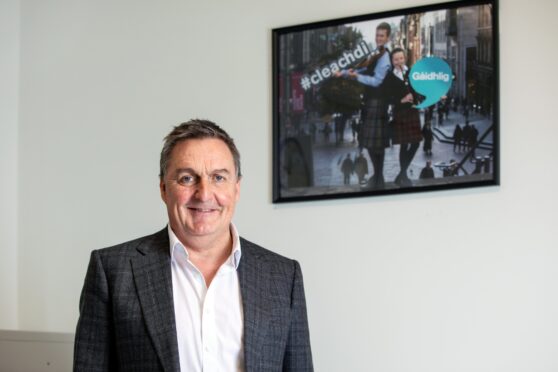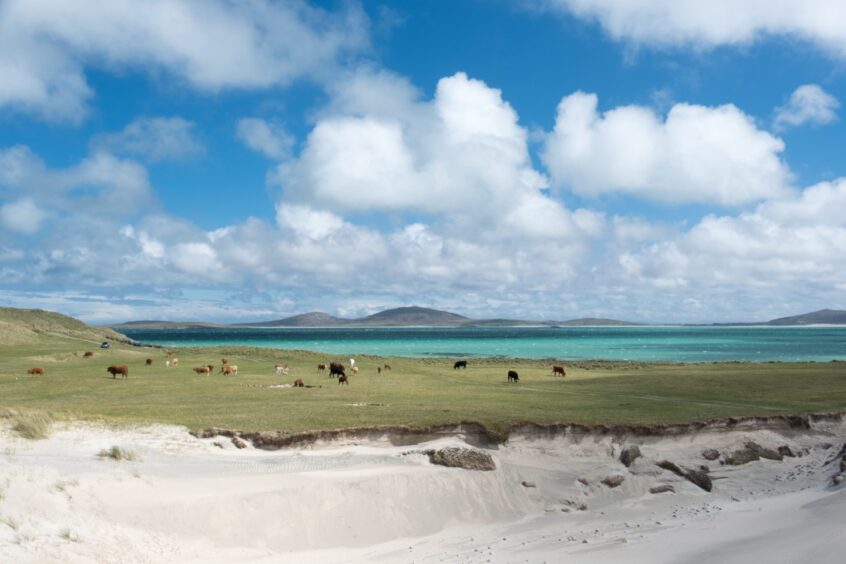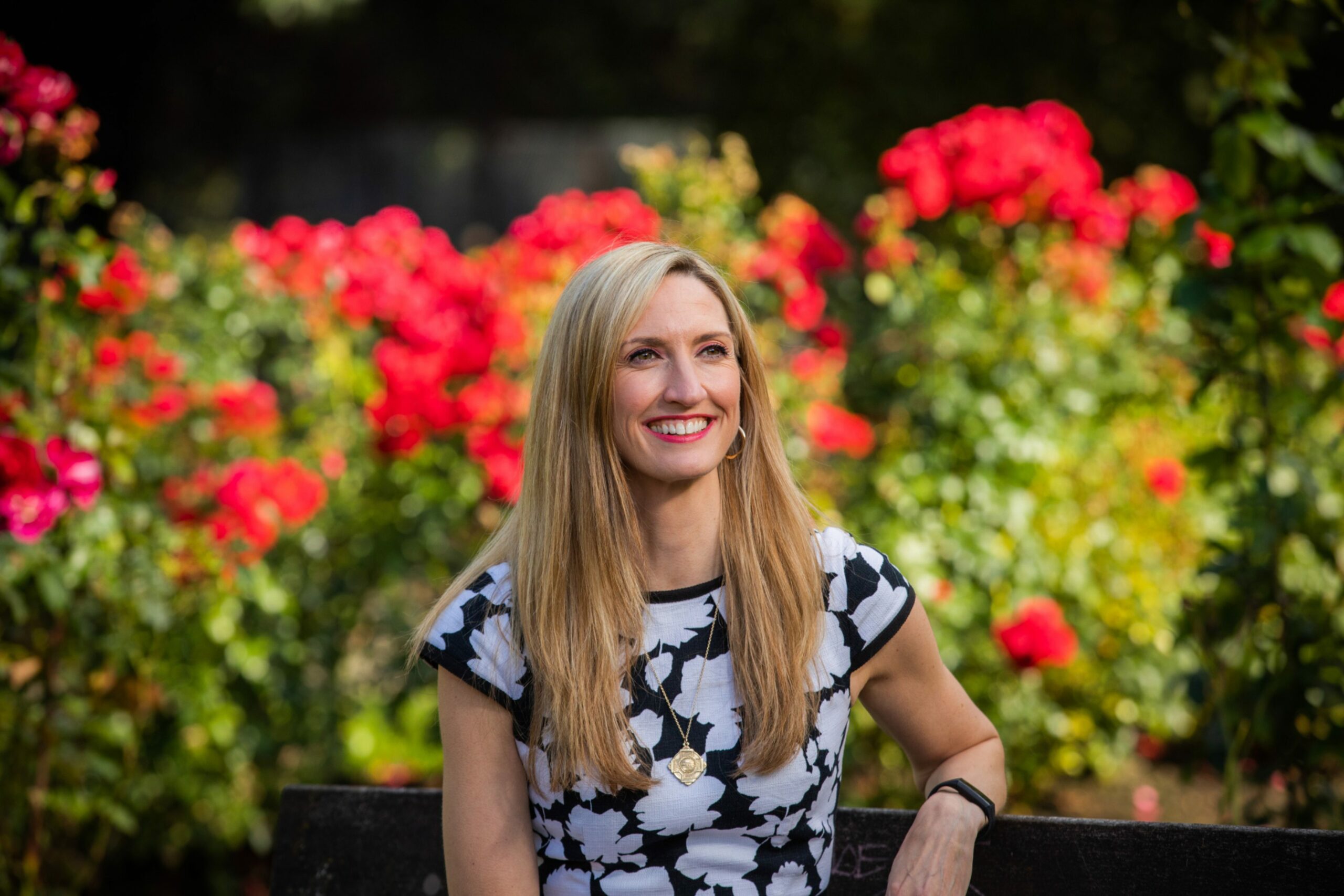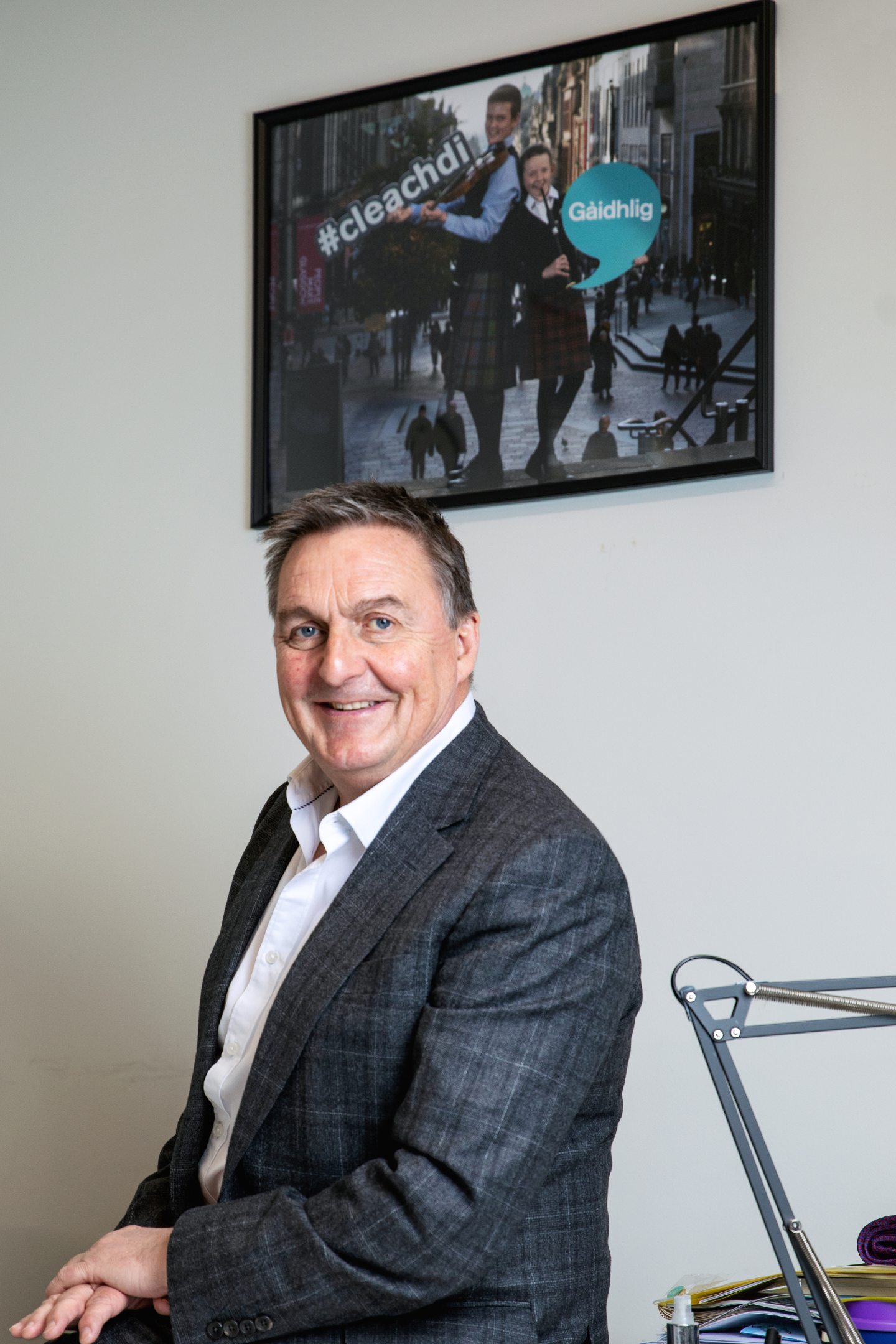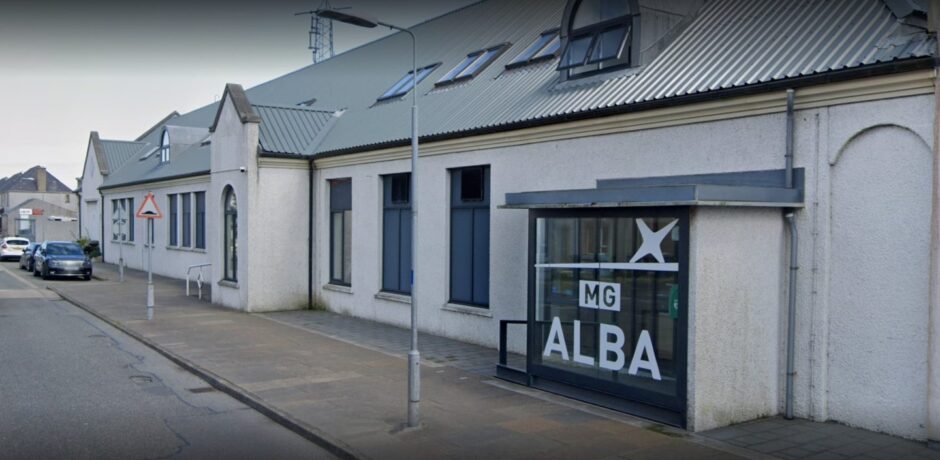John Morrison grew up in North Uist in the 1960s and, since electricity didn’t arrive until he was well into his primary school years, recalls reading books and doing his homework by the light of a tilley lamp.
As a voracious reader, he was immersed in everything he could get his hands on. This included football magazines which an uncle in Dumbarton used to send him every few weeks, publications such as World of Wonder, newspapers and all kinds of books.
Even when electricity reached the Western Isles, his parents purchased a fridge and a freezer rather than a television, but the radio brought the rest of the world to the family and they were massively invested in Gaelic broadcasters and programmes.
What is MG Alba?
More than half a century later, Morrison, as chairman of MG Alba, is no less interested in encouraging the development of Scotland’s national language and is proud of the success of BBC Alba since the channel was launched in 2008.
MG Alba is the operating name of the Gaelic Media Service which was set up under the Communications Act 2003 to ensure a wide and diverse range of Gaelic programmes are broadcast.
MG Alba formed a partnership with the BBC to broadcast BBC Alba, and also works on other initiatives.
John told the Press & Journal this week that he fears for the future of Gaelic broadcasting if it continues to exist on a shoestring budget and, especially, compared to the money and resources which are available to his counterparts in Wales.
What does John Morrison say about funding?
He said: “MG Alba has done some incredible work since it partnered with the BBC to deliver BBC Alba, with award-winning programmes, developing new talent and creating more than 300 quality jobs, most of them in the Highlands and Islands. However, after a year as chairman, my positive outlook is being seriously challenged.
“BBC Alba has two sources of funding. The BBC provides about £10 million in people and programmes and access to the iPlayer. We have recently reworked this package which has released some more money for content.
“MG Alba itself is funded through Ofcom by the Scottish Government. That funding of around £13 million a year has effectively been frozen for a decade, which means that, within a couple of years, the budget we are working with will have reduced by 50%.
How can Gaelic thrive?
“Think back to the early 90s when there was £9.5 million available for making programmes and we didn’t have a TV channel and digital services to run. The current funding model is unsustainable, and, working with politicians, we must find a solution.
“At Westminster, we are also working hard to convince the UK Government that a Gaelic service should be properly protected in the Media Bill. Gaelic gets one fleeting mention while S4C and the Welsh service is both prominent and protected.
“The funding of both is not equitable either. S4C gets about £90 million pounds a year from the BBC and £25 million in programmes.
“Despite the recent successes, Gaelic is now fighting for its survival, which is something I would not have thought possible growing up in a Gaelic speaking household in an island where virtually everyone spoke the language. It is very clear to me that BBC Alba alongside Gaelic medium education are the two pillars that will enable the language to grow and thrive.”
How is TV changing?
“More widely, television as we knew it is changing. The present and the future are digital, and the pace of change is increasing every year as audiences move away from the box in the corner to screens on smart phones, iPads and laptops. This creates huge opportunities, but also big challenges.
“For content makers, digital technology allows new thinking and new ways of telling stories. It is an exciting time, but we must make sure Gaelic content is visible and easily found in this vast ocean of programmes and digital content on platforms like YouTube.
“If we can find more funding for creating the brilliant content which our skilled pool of people are capable of producing, then the future can be very bright. That optimism is coming to the surface again. But there is a big IF.”
Despite these misgivings, Morrison has fond memories of working with the BBC and meeting such disparate characters as Finlay J MacDonald – “a Gaelic legend” who had also forged a wonderful career on the BBC World Service covering events such as the late Queen’s coronation for a global audience – Iain Macdonald, Catherine MacLeod, and Douglas MacLeod who were all “extremely generous with advice” when he turned up in the newsroom in the 1980s.
And there was also the impact of another redoubtable individual who may no longer be with us, but clearly made an indelible impression on Morrison.
What was John’s early career like?
He said: “Within a couple of years, I moved to the Radio Scotland newsroom where I came into the orbit of Kenny MacIntyre. He was without doubt the best journalist I worked with and a huge influence on me and other young journalists in the newsroom.
“[Oban-born] Kenny had an insatiable appetite for work and for news and an unbelievable ability to uncover stories that people, mainly politicians, didn’t want to tell. His one-word adjectives for the movers and shakers still make me smile.
“He lived life at 100 miles an hour and, when he wasn’t delivering the latest exclusive, you would find him on a football pitch or a squash court. He left a huge gap in many of our lives when he died at the horribly young age of 54 [in 1999].
What was the reaction to Eorpa?
It’s a long time since the youngster returned home from university and Hercules the Bear went on the run in North Uist, sparking a journalistic frenzy with the story reported all over the world.
Morrison watched the news gathering happening in front of him, surveyed the reports in the papers the next day and thought to himself: “I could do that.” And he did, presenting a range of quality programmes including Eorpa, which transformed many people’s perceptions of Gaelic by vividly bringing the lives of Europeans and the diverse issues they faced into all manner of living rooms across Scotland.
He said: “The initial reaction from the Scottish media was mostly negative with reporters and directors described as ‘kiddies in a sweetie shop’, but it soon established itself as high-quality television and was a regular BAFTA and RTS award winner.”
John’s BBC Alba highlights
So what are the BBC Alba programmes which he regards with special affection? Morrison paused for a few moments, then offered three personal favourites.
He said: “Peter Manuel – The End of Evil’ was a drama-documentary which was broadcast on the opening night of BBC Alba.
“Manuel was a serial killer convicted for seven murders, but the police believed there were more victims. An evil man, he terrorised Glasgow and Lanarkshire until his capture. The director and the actor who played Manuel both did a great job.
“Then there was The MacDonalds of France, where we followed the amazing story of Neil MacEachann from Howbeg in South Uist who acted as an interpreter for Bonnie Prince Charlie and helped him escape to France after the Jacobite rout at Culloden.
“Neil eventually died in poverty in Sancerre but his son, Etienne Alexander MacDonald, who became Marshall MacDonald, was one of the most powerful men in France.
“The third one is Alastair MacLean – The Story Teller. As a teenager growing up in North Uist, I devoured Maclean’s books, but I didn’t know that he had a very similar upbringing: a Minister’s son in a Gaelic-speaking manse in Daviot in the Highlands.
“At one stage, his books were being sold every 17 seconds around the world and spawned several Hollywood blockbuster movies [including Where Eagles Dare, Ice Station Zebra and The Guns of Navarone].”
Five questions for John Morrison
What book are you reading? I usually have several books on the go. Currently Wild Men by David Torrance, Messi by Guillem Balague and re-reading Blindness by Jose Saramago.
Who’s your hero/heroine? Barack Obama. The world desperately needs an inspirational leader like him right now.
Do you speak any foreign languages? Basic Portuguese.
What’s your favourite music/band? Bruce Springsteen and the E-Street band. I have seen several shows and each time they get better.
What’s your most treasured possession? Our villa near Ponte de Lima in the north of Portugal where we have watched our daughter and nieces and nephews grow into amazing young adults.
